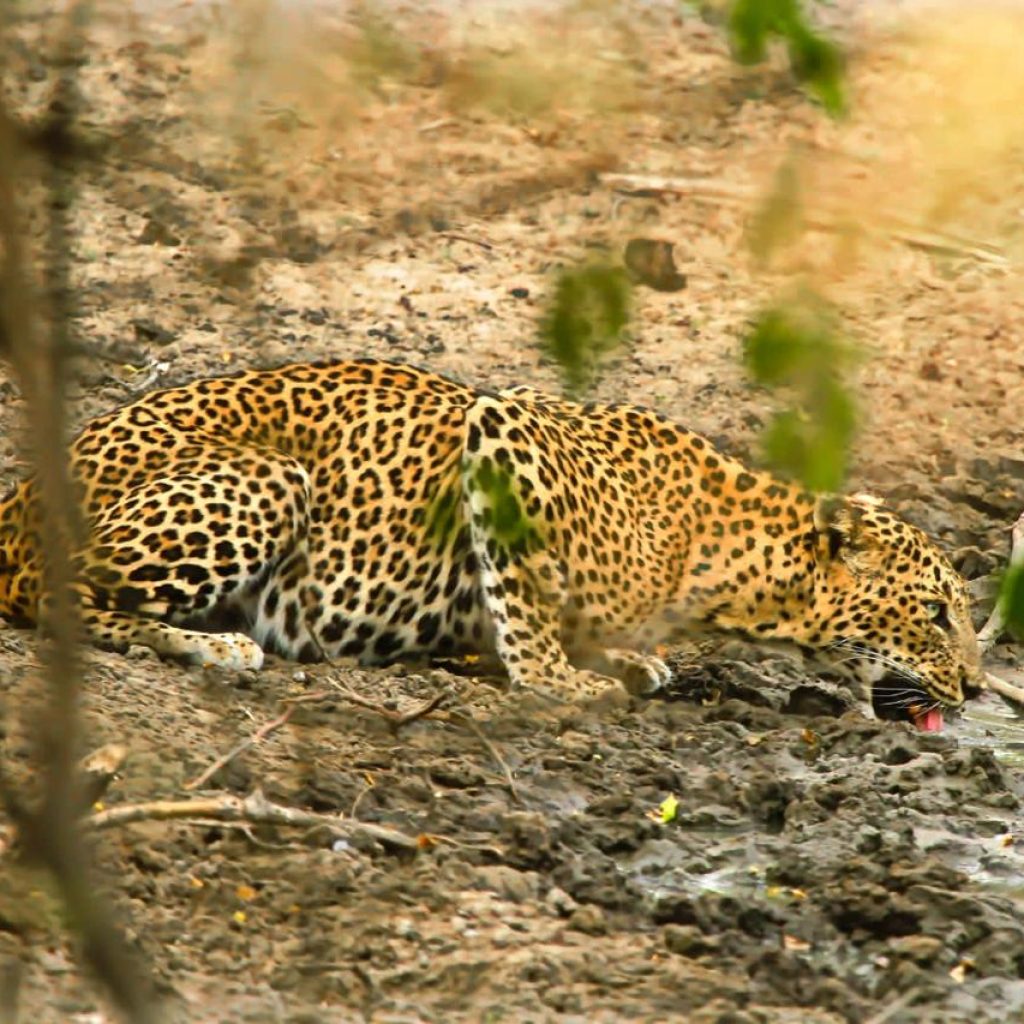- Appearance Leopards are large cats with long bodies, long tails, and broad heads. They have light-colored fur with dark spots called rosettes that resemble roses. The color and pattern of their rosettes can vary by subspecies. Black leopards are sometimes called black panthers because their spots are hard to see.
- Habitat Leopards live in a variety of habitats, including rainforests, deserts, and mountains, in Africa and Asia. They are strong swimmers and climbers, and they spend a lot of time in trees.
- Hunting Leopards are nocturnal hunters that ambush their prey. They have a broad diet, eating antelope, deer, rodents, fish, birds, and baboons.
- Social structure Leopards are solitary animals that have their own territories. They mark their territory with urine and claw marks on trees. Males will fight if their territories overlap.
- Communication Leopards roar to defend their territory, attract mates, and call their cubs. Their roar is a rough rasp, similar to the sound of a handsaw cutting wood.
- Conservation status The International Union for Conservation of Nature (IUCN) lists leopards as vulnerable, and some subspecies are endangered.
- Origin of the name The name leopard was originally given to the cat now known as the cheetah. The term “pard” was eventually replaced by “leopard”.







Comment (0)